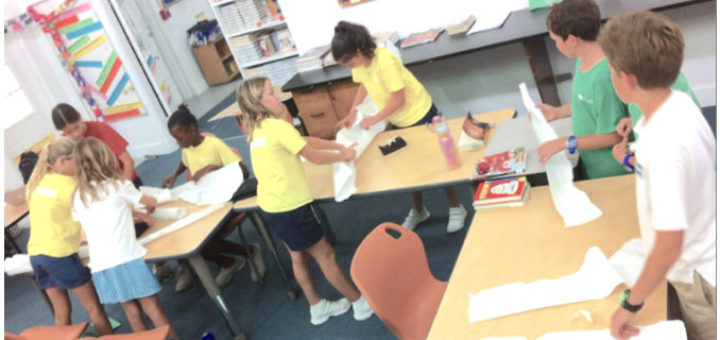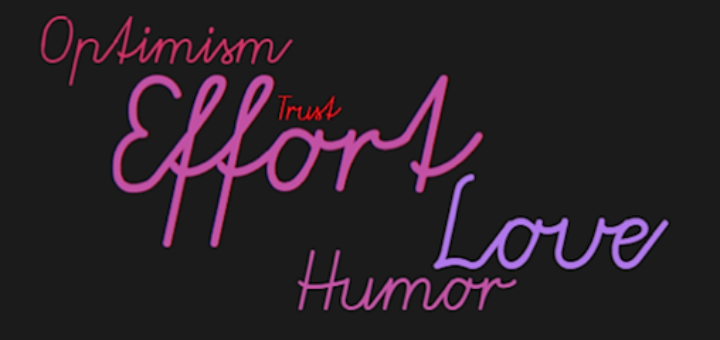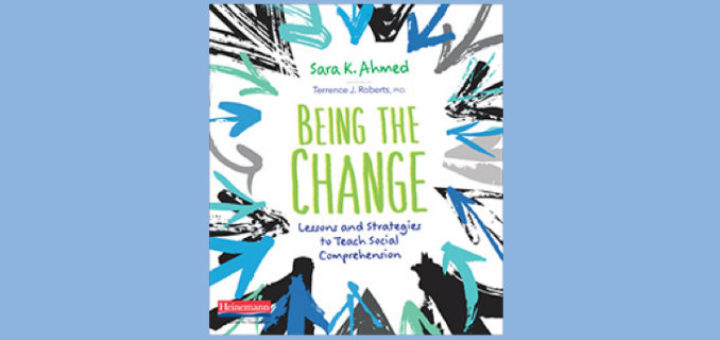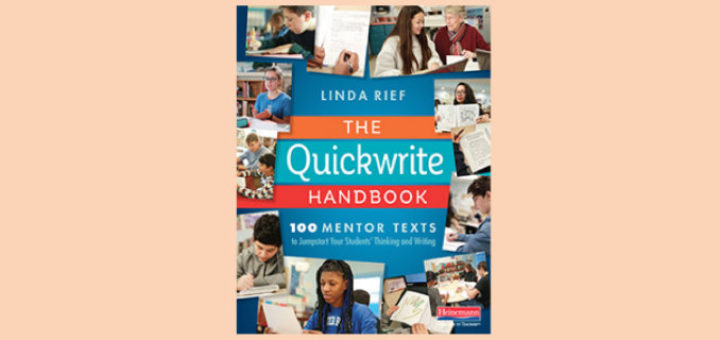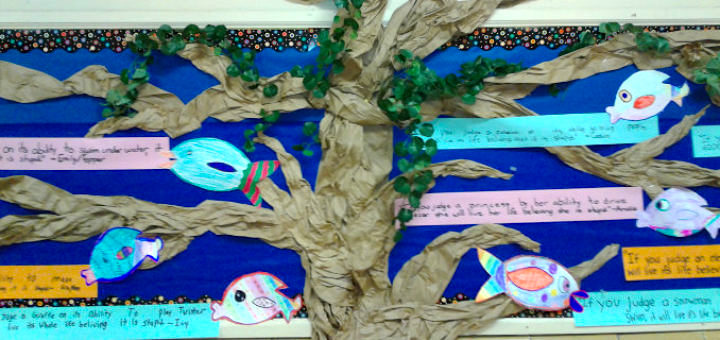Teaching and learning in grades 4-8
As someone who teaches media literacy and popular culture, Frank Baker understands the need to meet students where they are. We know they watch TV and they discuss the characters, plots, etc. While they’re engaged, why not raise their awareness about TV commercialism?
How can we talk about giving students voice without thinking about oral communication? That’s the most important way humans express opinions and share knowledge, says veteran teacher-consultant Erik Palmer. Learn why he believes all students can become better speakers.
Michelle Russell wants students to leave her class with more math confidence, not defeated and thinking “it’s just too hard.” She shares plans to implement spiraling, expand test retakes, share her own stories of struggle, and concentrate more on prerequisite knowledge.
Make the most of those minutes of fragmented class time that testing schedules, assemblies and pre-holiday half-days can create. Megan Kelly shares some of her own cross-curricular ideas to promote fun and active learning whether you have five minutes or five hours to fill.
When it comes giving students feedback, our approach can be formal or informal, low-tech or high-tech, writes teacher educator Curtis Chandler. The important thing is that we are constantly observing and offering guidance. As always, Curtis shares lots of practical tips.
Drawing on her special education background, ELA teacher Cheryl Mizerny works to build kids’ executive function skills. Here she offers techniques to help strengthen what she considers the most crucial skills for middle schoolers: task initiation, organization, and time management.
Being mindful of what is driving the decisions we make as educators is valuable. A good place to start is by defining our own core values. New principal Rita Platt shares a method for distilling those values and tells how she applied hers to several school decisions.
Educator Sarah Cooper finds herself gravitating to teaching books that call our social consciences awake, as Sara K. Ahmed’s Being the Change does as it asks teachers to be even more human in the classroom and thus impel your students to share their humanity with you.
You will find 100 teacher and student friendly mentor texts in Linda Rief’s The Quickwrite Handbook. Sourced from students, teachers, and authors as well as herself, the texts come with suggestions to get students thinking and writing, says consultant Anne Anderson.
Once again it’s fall and the read-aloud rug in Mary Tarashuk’s 4T classroom is drawing new kids and characters closer together. First up: Fish in a Tree’s Ally Nickerson. Coming soon, another Global Read Aloud choice, Amal Unbound. Two girls with differences to share.




